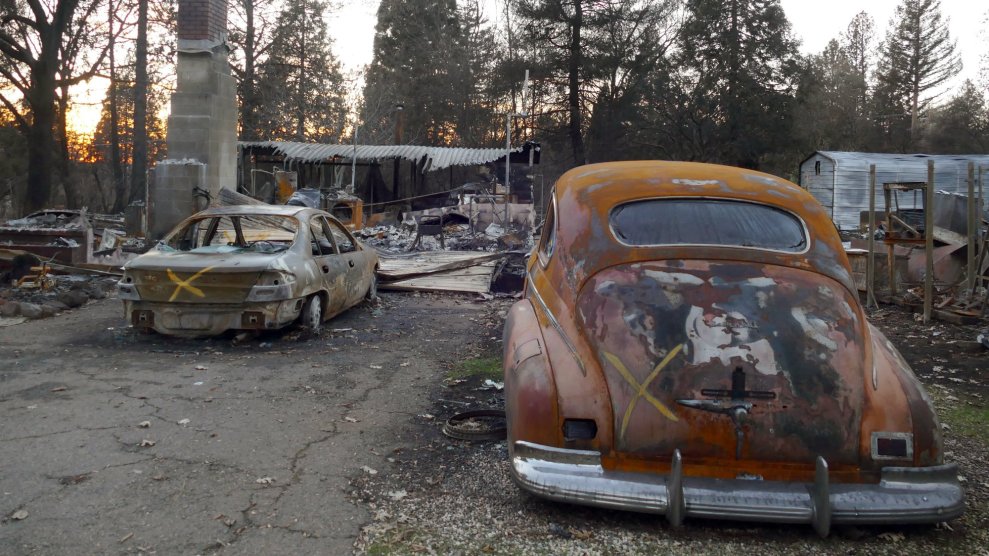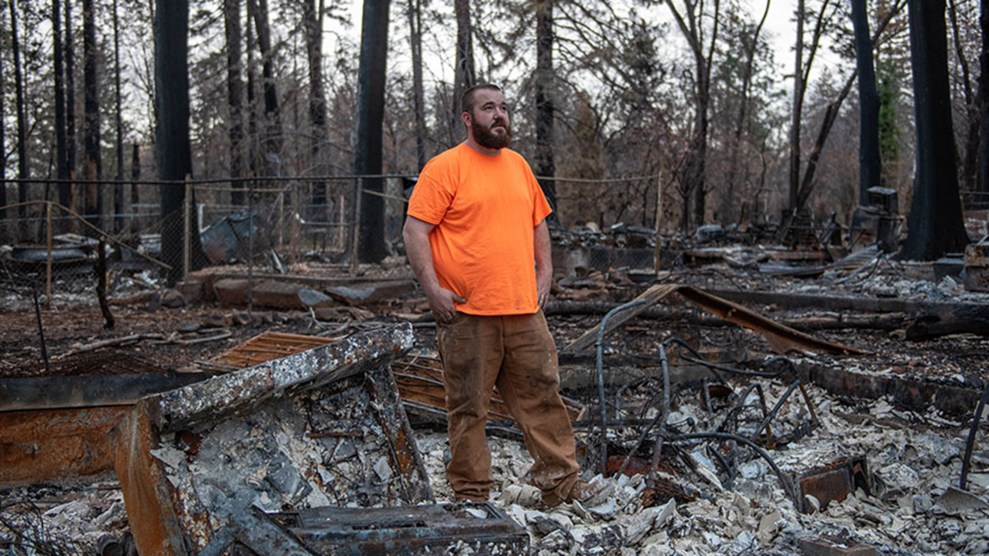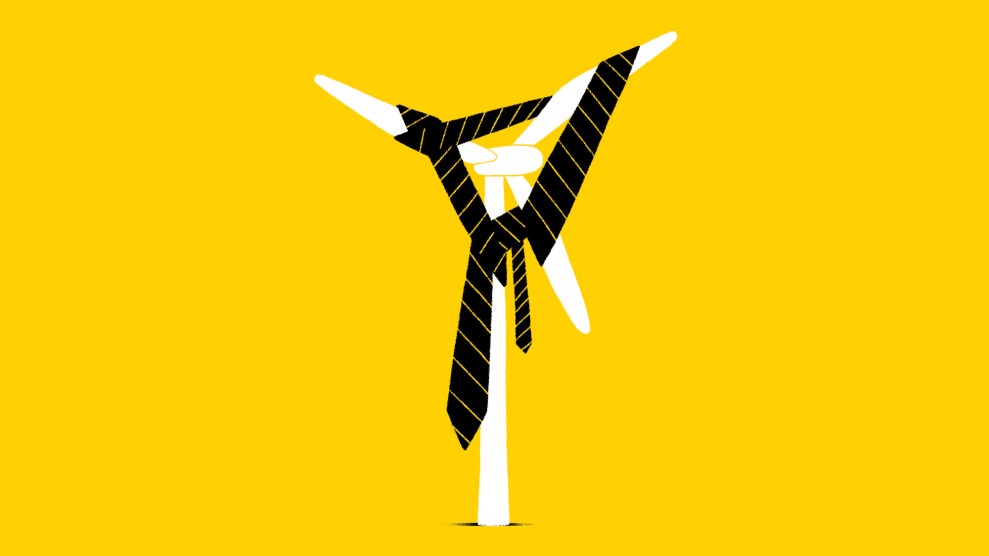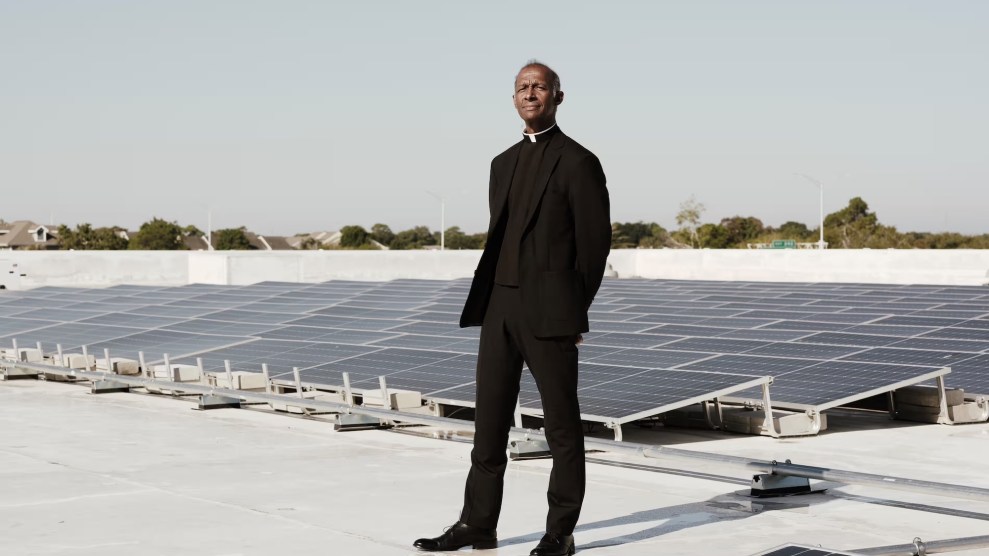
A burnt out car stands in front of a ruin in the burnt down town center of Paradise, Calif.Barbara Munker/picture alliance via Getty Images
This story was originally published by HuffPost. It appears here as part of the Climate Desk collaboration.
Several of the 88 people killed in the Camp fire that devastated Butte County, California, in November had disabilities.
Their deaths were only the latest example of a tragic reality: When disaster strikes, people with disabilities are disproportionately affected. There are no statistics that show how many disabled people in the US say they could easily evacuate in an emergency, but around the world, just 20 percent of disabled people say they would be able to do so. And only 31 percent said they would have someone to help them in an emergency, according to a 2013 United Nations global survey.
Surviving a disaster is a complicated process for disabled people, with barriers every step of the way. For visually and hearing impaired people, even being alerted to an emergency isn’t as simple as it is for everyone else. For physically disabled and low-mobility individuals, a quick evacuation is extremely difficult, if not impossible—especially in a natural disaster like the Camp fire, which raged at the rate of destroying the equivalent of one football field per second.
But it doesn’t have to be that way. By inviting disabled people into conversations about disaster preparedness and response, investing in important equipment, and mandating that disaster response teams be knowledgeable on these issues, communities can reduce fatalities and offer a more humane and inclusive response to disasters.
Relying on luck
The Americans With Disabilities Act devotes chapters to emergency planning and recovery. However, states institute their own policies and codes for evacuation and emergency planning, and those policies aren’t always enforced, said Hector M. Ramirez, a Ventura County, California-based disabled man and board member of Disability Rights California.
Evacuation plans can be outdated, he said. And community members often aren’t aware of what those plans are even if they do exist. In fact, only 17 percent of disabled people were aware of their community’s emergency evacuation plan, according to the UN survey.
Some federal institutions, like the Federal Emergency Management Agency and the Centers for Disease Control and Prevention, have created online resources about emergency preparedness and response. But disabled people are both frequently left out developing emergency preparation plans and not made aware of the ones that are put in place, Ramirez said.
Plus, on-the-ground disaster response is often facilitated by well-meaning volunteers who might not be well-versed in the specific needs of the disabled community.
Federal, state, county and nonprofit institutions all provide emergency response, and Ramirez said they all “need to familiarize themselves with our issues.”











